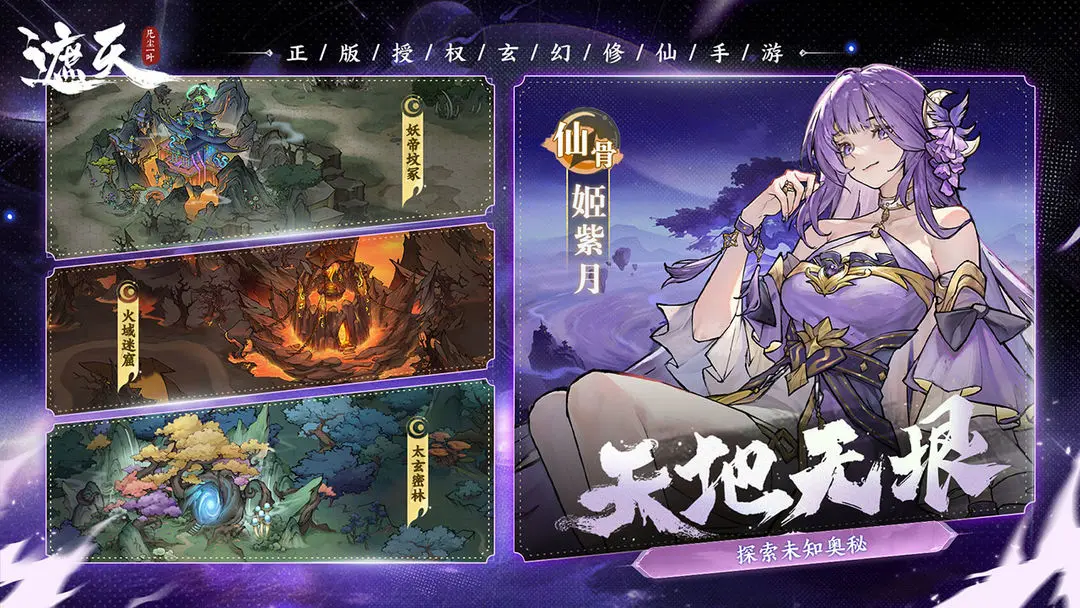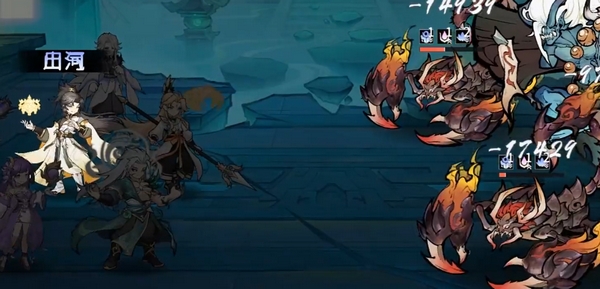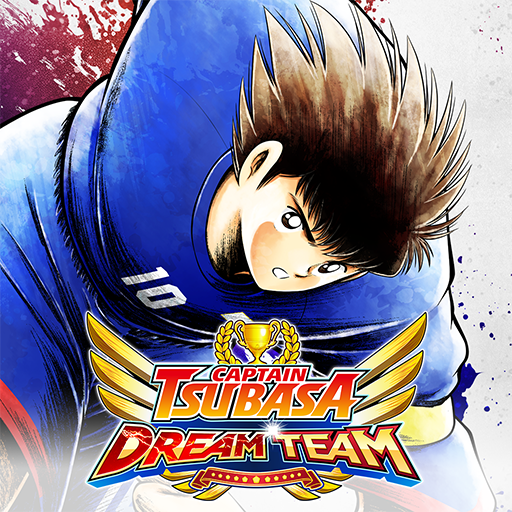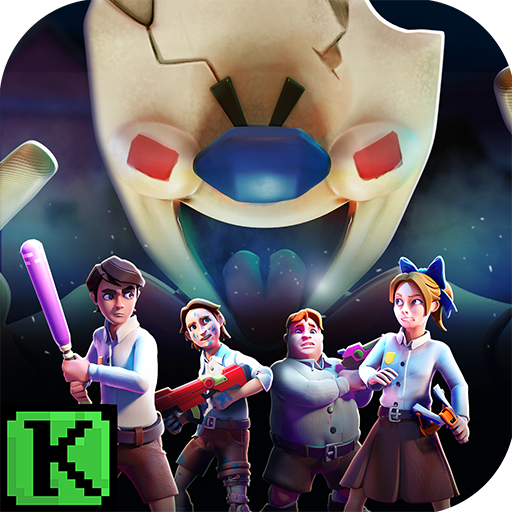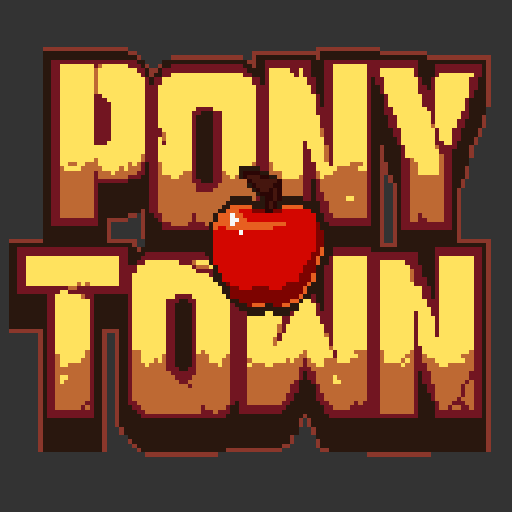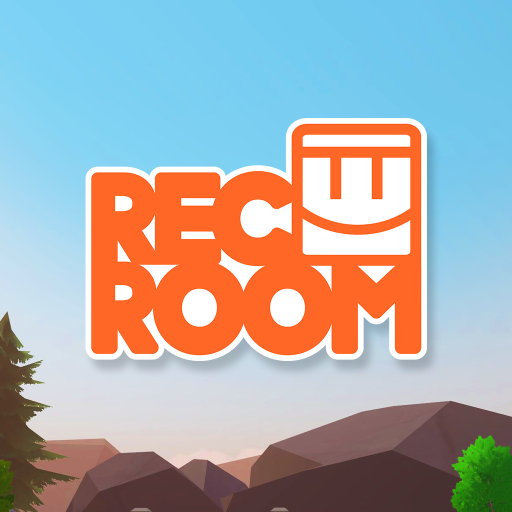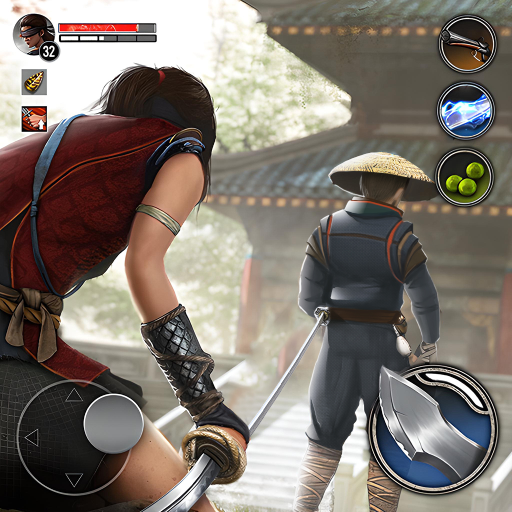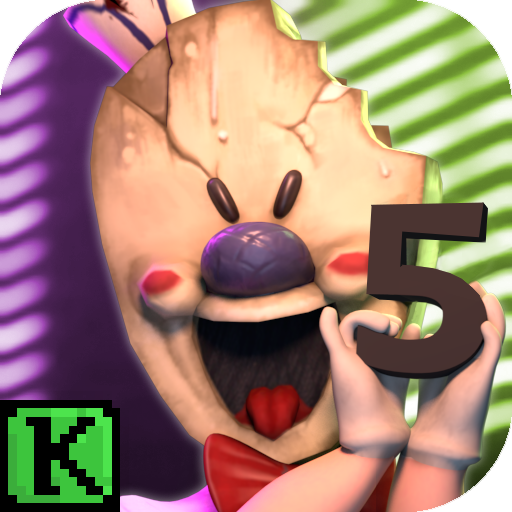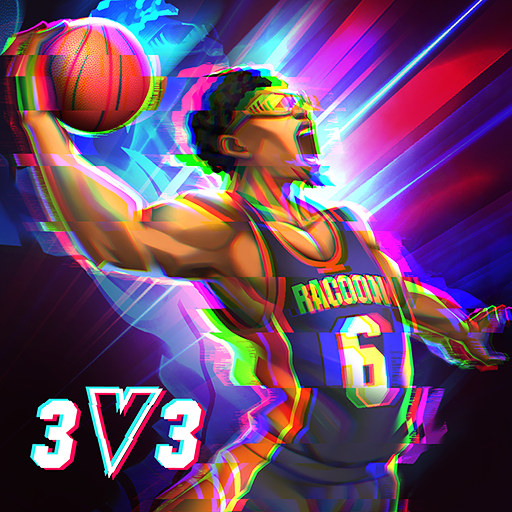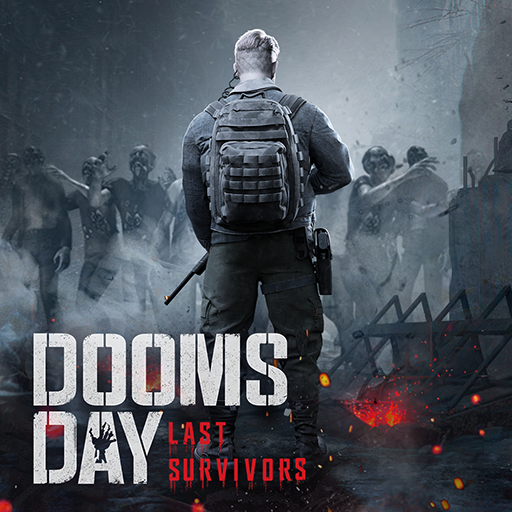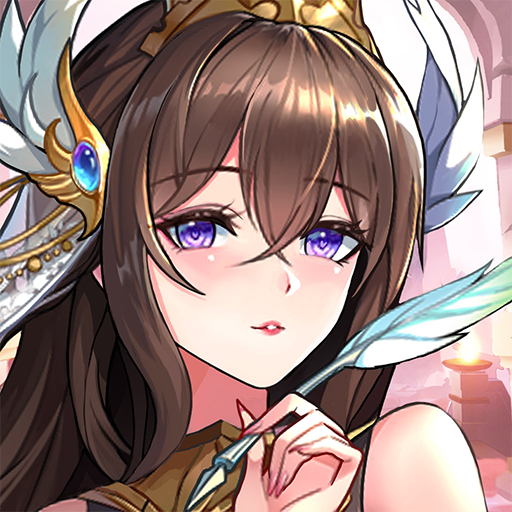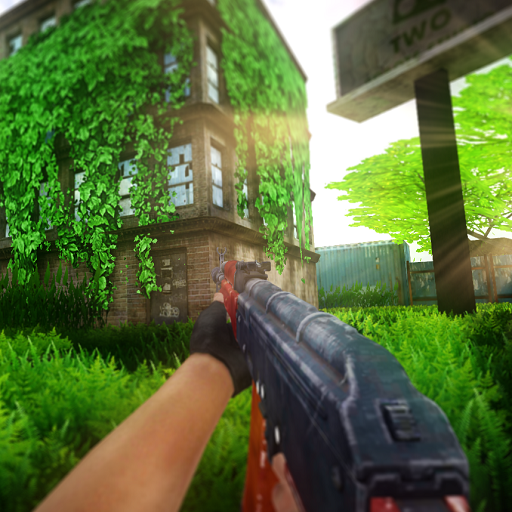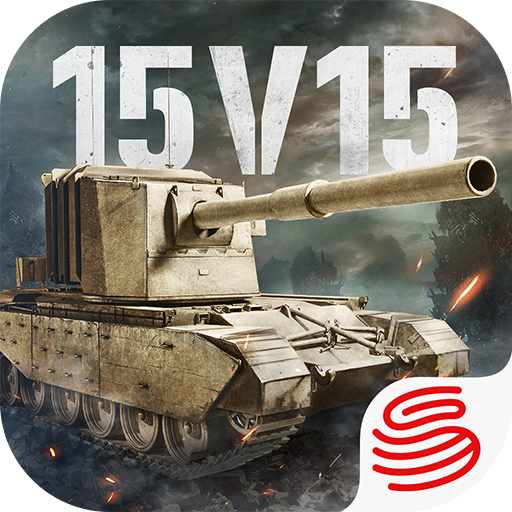In the game Dawn Reborn, the combination and application of the team directly affects the player's adventure efficiency. If you want to achieve more in battles and ensure stable long-term development, then this introduction to team combinations in Dawn Reborn can help. This article will delve into the optimal team strategies at different stages, covering transition and replacement strategies for teams as well as their usage cycles, aiming to provide the most practical team recommendations and detailed analysis.
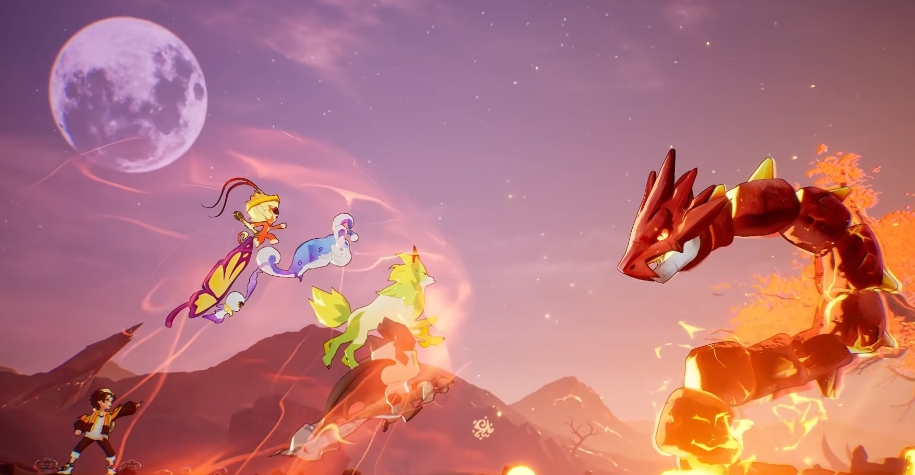
For new players just starting out, a stable and easy-to-use versatile team is the best choice to start with. The recommended team combination here includes Mud Trench Bull, Purple Moon Butterfly, Blazing Wolf, Lumir, and Lunati. This team has distinct characteristics: the dual water attribute synergistic healing mechanism provides continuous life support for the team; the front-line tank, Mud Trench Bull, can steadily withstand damage, creating a relatively safe output environment for the back row. The back row relies on Purple Moon Butterfly and Blazing Wolf to supplement the damage. Both have their own strengths in terms of output: Purple Moon Butterfly has an advantage in ranged attacks, while Blazing Wolf performs well in melee output. Their coordinated combat ensures that the team has stable firepower in battle. Moreover, during the resource-limited novice stage, this team is relatively easy to obtain, with controllable character cultivation costs, yet it delivers very stable performance, helping new players smoothly get through the early stages of the game.

After players have accumulated a certain amount of resources and experience in the game, they can consider advanced team combinations. One good choice is the heavy armor-based team, which consists of Oversea Shark, Hardshell Turtle, Rock Flame, Gullong, and Purple Moon Butterfly. This team focuses on dual front-line pressure resistance, with Hardshell Turtle and Oversea Shark, due to their high defense attributes and health points, able to effectively resist enemy attacks in the front line. The support character, Gullong, can provide shields and energy support to teammates, enhancing the overall survival ability and skill release frequency of the team. Rock Flame has the ability to quickly cut into the back row, rapidly dealing damage to the enemy's back row and disrupting their formation. Purple Moon Butterfly in this team can be flexibly replaced by any high-star output character based on its star level, providing players with considerable room for team adjustment and optimization.

Another advanced team combination is the burst damage team, consisting of Remsika, Oversea Shark, Sky Qilin, Thunder Abyss Shrimp, and Thunder Lupa. With Remsika as the captain, one of the core highlights of this team, it can significantly enhance the entire team's output capability. The team's strategy revolves around energy circulation and area-of-effect damage, achieving efficient skill releases and damage output. The balanced configuration of front-line and support roles ensures that the team has sufficient pressure resistance in the front line while allowing support characters to fully exert their buff and support functions. In battle, this team has a tight offensive rhythm, capable of inflicting massive damage pressure on enemies in a short time, making it suitable for various high-difficulty combat scenarios such as cross-server competition and challenging powerful bosses.

However, in the actual game process, players need to reasonably grasp the timing for transitioning and replacing the team. For example, after using the versatile team to accumulate a certain amount of resources in the novice stage, players can gradually transition to advanced teams based on their card draw situation and character cultivation progress. If some characters are difficult to upgrade or consume too many resources during the transition, the team can be adjusted accordingly, prioritizing the replacement with easily obtainable and cultivable characters to ensure that the team's combat power remains steadily increasing. Additionally, different combat scenarios may require different team strategies. In PvP competitions, more emphasis might be placed on control and flexibility, while in PvE dungeon challenges, a balance between output and sustainability might be preferred.
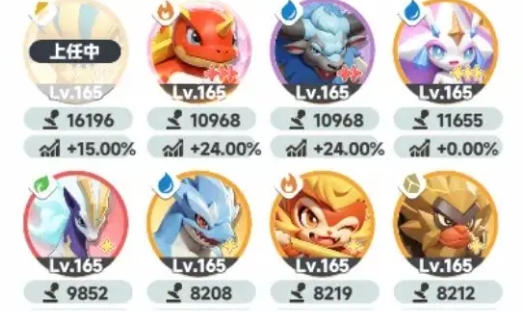
The introduction to team combinations in Dawn Reborn covers some useful teams. Furthermore, only by deeply understanding the characteristics and applicable scenarios of each team and skillfully applying transition and replacement strategies can players successfully leverage the team's capabilities in battle.
